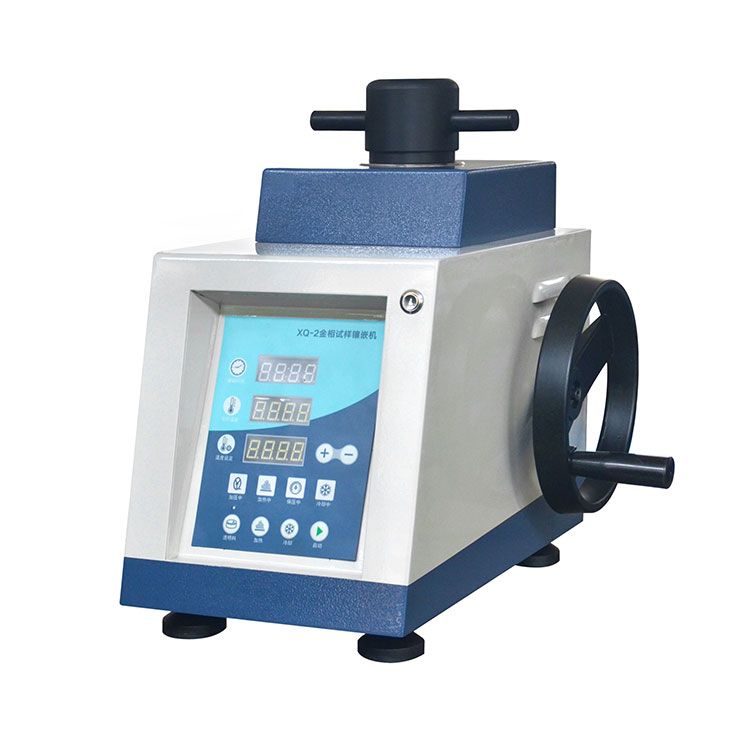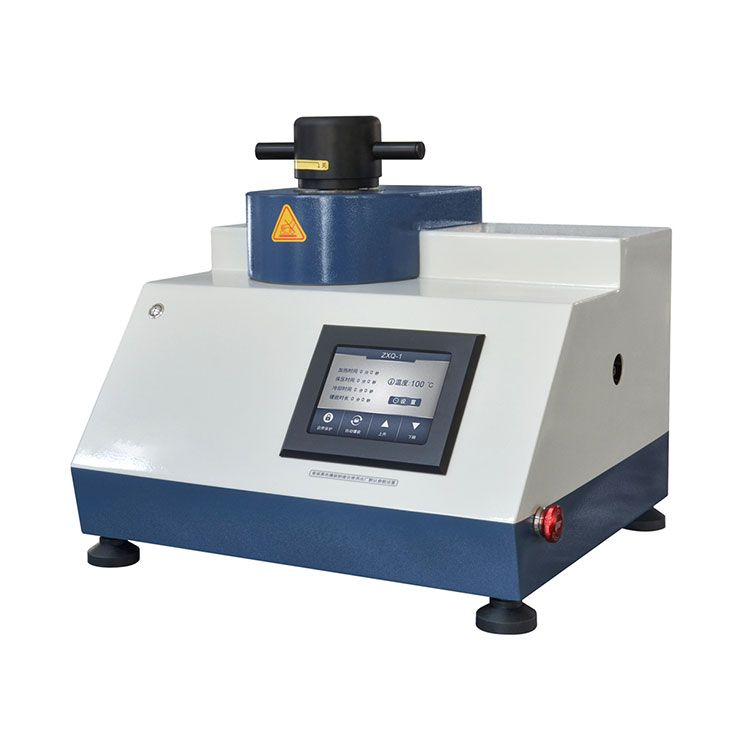Metallographic mounting presses are essential tools in laboratories dealing with material analysis and quality control. These presses play a crucial role in preparing samples for metallographic analysis by embedding them in resin or mounting them in molds. However, with various options available in the market, selecting the right mounting press for your lab can be a daunting task. This article aims to guide you through the process of choosing the most suitable metallographic mounting press for your laboratory needs.

Understanding Your Needs
Before diving into press specifications, it’s essential to understand your lab’s typical workload. Here are three key factors to consider:
Sample Types:
The type of materials you work with most frequently will influence your press selection. For instance, soft metals may require a cold mounting press, while harder materials might necessitate the higher pressure and temperature capabilities of a hot mounting press.
Throughput Requirements:
Consider your daily or weekly sample volume. If you process a high volume of samples, a semi-automatic or fully-automatic press can significantly improve efficiency.
Mounting Technique:
There are two main mounting techniques: cold mounting and hot mounting. Cold mounting uses a room temperature curing resin, ideal for temperature-sensitive samples. Hot mounting utilizes heat and pressure to cure the resin, creating a stronger mount for harder materials.
Understanding the Types of Metallographic Mounting Press
Metallographic mounting presses can be classified based on various criteria, including their operation mode, heating method, and design. Here are some common classifications:
From Operation Mode:
- Manual Mounting Press: Requires manual operation for applying pressure and heating.
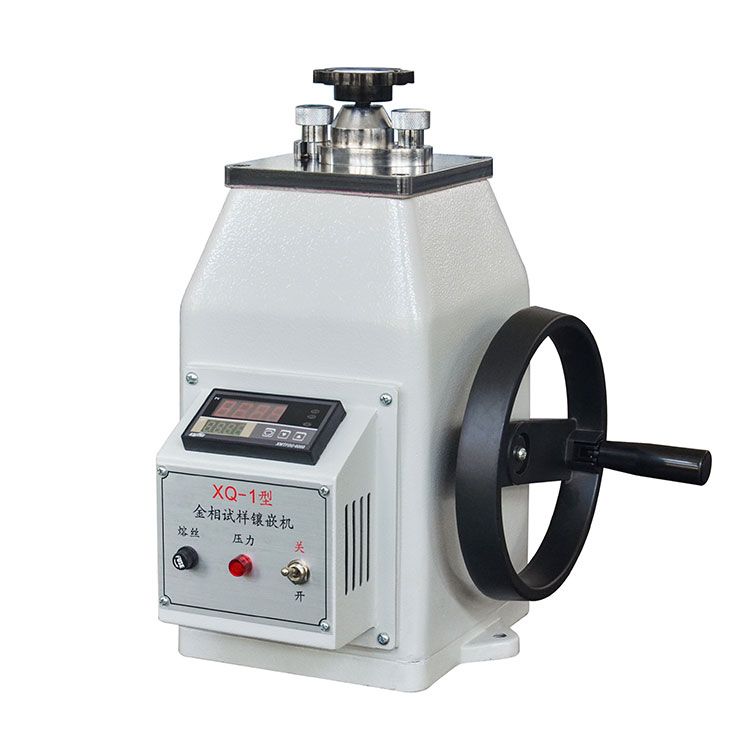
- Semi-Automatic Mounting Press: Combines manual and automated features for improved efficiency.
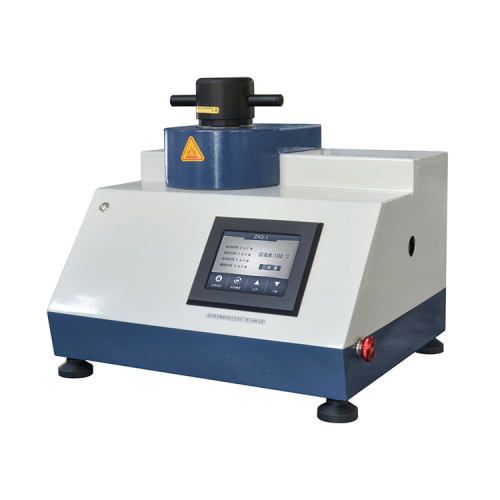
- Fully Automatic Mounting Press: Operates automatically with minimal manual intervention, offering high throughput and consistency.
From Heating Method:
- Hot Mounting Press: Utilizes heat to melt embedding resin, facilitating the embedding process.
- Cold Mounting Press: Does not require heat and uses cold-setting resins for embedding samples. Suitable for heat-sensitive materials.
From Capacity and Size:
- Benchtop Mounting Press: Compact and suitable for laboratories with limited space.
- Floor-standing Mounting Press: Larger capacity presses designed for high-throughput laboratories or industrial applications.
These classifications help laboratories choose the most suitable metallographic mounting press based on their specific requirements, sample materials, and desired level of automation. Selecting the right press ensures efficient sample preparation, accurate results, and optimal performance in metallographic analysis and quality control processes.
Here are the advantages of each type of mounting press above, and we give you a recommendation.
| Type of Mounting Press | Advantages | Recommended for |
| Manual Mounting Press | Simple operation with manual control over pressure and heating. Cost-effective option. | Laboratories with low to moderate sample throughput requirements. Suitable for small-scale operations or occasional use. |
| Semi-Automatic Mounting Press | Combines manual and automated features for improved efficiency. Offers greater control and consistency compared to manual presses. | Laboratories with moderate sample throughput requirements. Suitable for routine sample preparation tasks requiring consistent results. |
| Fully Automatic Mounting Press | Operates automatically with minimal manual intervention, maximizing efficiency. Ideal for high-throughput laboratories. Ensures consistent results and reduces operator variability. | Laboratories with high sample throughput requirements. Suitable for continuous operation and demanding sample preparation tasks. |
| Hot Mounting Press | Utilizes heat to melt embedding resin, facilitating the embedding process. Ensures thorough impregnation of samples for high-quality results. | Laboratories working with heat-resistant sample materials such as metals and ceramics. Applications requiring thorough impregnation of samples with resin. |
| Cold Mounting Press | Does not require heat and uses cold-setting resins for embedding samples. Suitable for heat-sensitive materials to prevent distortion or damage. | Laboratories working with heat-sensitive sample materials such as polymers or certain composites. Applications where heat-induced distortion must be minimized. |
| Benchtop Mounting Press | Compact and space-saving design, ideal for laboratories with limited space. Suitable for smaller sample sizes and lower throughput requirements. | Laboratories with limited space or budget constraints. Suitable for routine sample preparation tasks with smaller sample sizes. |
| Floor-standing Mounting Press | Larger capacity and robust construction, suitable for high-throughput laboratories. Accommodates larger sample sizes and offers increased versatility. | Laboratories with high sample throughput requirements or larger sample sizes. Suitable for a wide range of sample preparation tasks, including routine and specialized applications. |
Based on the provided table, laboratories can select the most suitable metallographic mounting press based on their specific requirements, such as sample types, throughput requirements, and preferred mounting techniques.
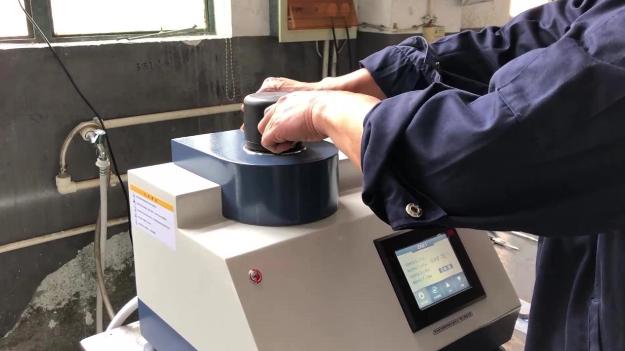
Key Factors to Consider When Choosing a Press
When selecting a metallographic mounting press for your laboratory, several key factors should be considered to ensure it meets your specific requirements and facilitates efficient sample preparation. Here are the key factors to consider:
- Sample Types and Sizes:
- Consider the types of samples you regularly work with (metals, ceramics, polymers, composites) and their sizes.
- Ensure the press can accommodate the dimensions of your samples comfortably.
- Capacity and Throughput:
- Assess your laboratory’s sample throughput requirements.
- Choose a press with a suitable capacity and throughput capabilities to match your workload.
- Heating and Temperature Control:
- Opt for a press with precise temperature control mechanisms to ensure uniform heating during the embedding process.
- Consider whether hot mounting or cold mounting is more suitable for your sample materials and analysis techniques.
- Pressure Control:
- Look for a press with adjustable pressure settings to accommodate different sample materials and sizes.
- Ensure the press can apply sufficient pressure to achieve proper sample compaction without causing deformation or damage.
- Versatility and Compatibility:
- Choose a press that offers versatility in terms of mounting techniques (compression, vacuum impregnation) and compatibility with various embedding resins.
- Consider whether the press can accommodate interchangeable molds or accessories to adapt to different sample types and applications.
- Durability and Reliability:
- Invest in a mounting press constructed from durable materials that can withstand frequent use and maintain performance over time.
- Consider the reputation of the manufacturer and the reliability of the equipment based on user reviews and recommendations.
- Ease of Use and Maintenance:
- Select a press with user-friendly controls and intuitive operation to streamline workflow and reduce the learning curve for laboratory personnel.
- Consider features such as quick-release mechanisms for molds and accessible maintenance components to facilitate easy cleaning and upkeep.
- Safety Features:
- Prioritize safety features such as overheat protection, emergency stop buttons, and safety interlocks to prevent accidents and ensure operator safety during operation.
- Budget and Cost of Ownership:
- Evaluate the initial investment cost as well as the long-term cost of ownership, including maintenance, repair, and replacement parts.
- Choose a press that offers the best value for money based on your budget constraints and expected return on investment.
By considering these key factors, you can select a metallographic mounting press that meets your laboratory’s specific needs, enhances sample preparation efficiency, and ensures reliable results in metallographic analysis and quality control processes.
Conclusion
Choosing the right metallographic mounting press requires careful consideration of your lab’s specific requirements. By understanding your sample types, throughput demands, and preferred mounting technique, you can select a press that optimizes your workflow and ensures consistently high-quality sample mounts. Don’t hesitate to consult with Scopelab – the metallographic equipment supplier, welcome to discuss your needs and find the ideal press for your lab.
